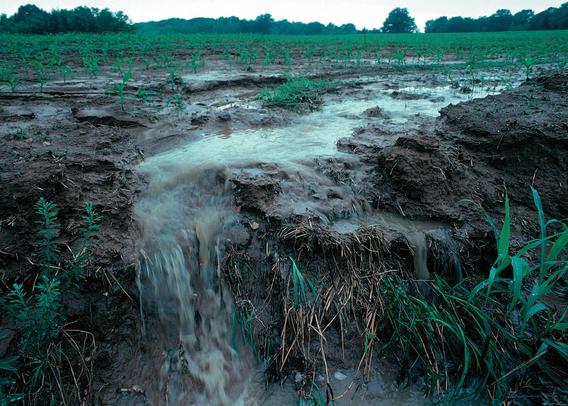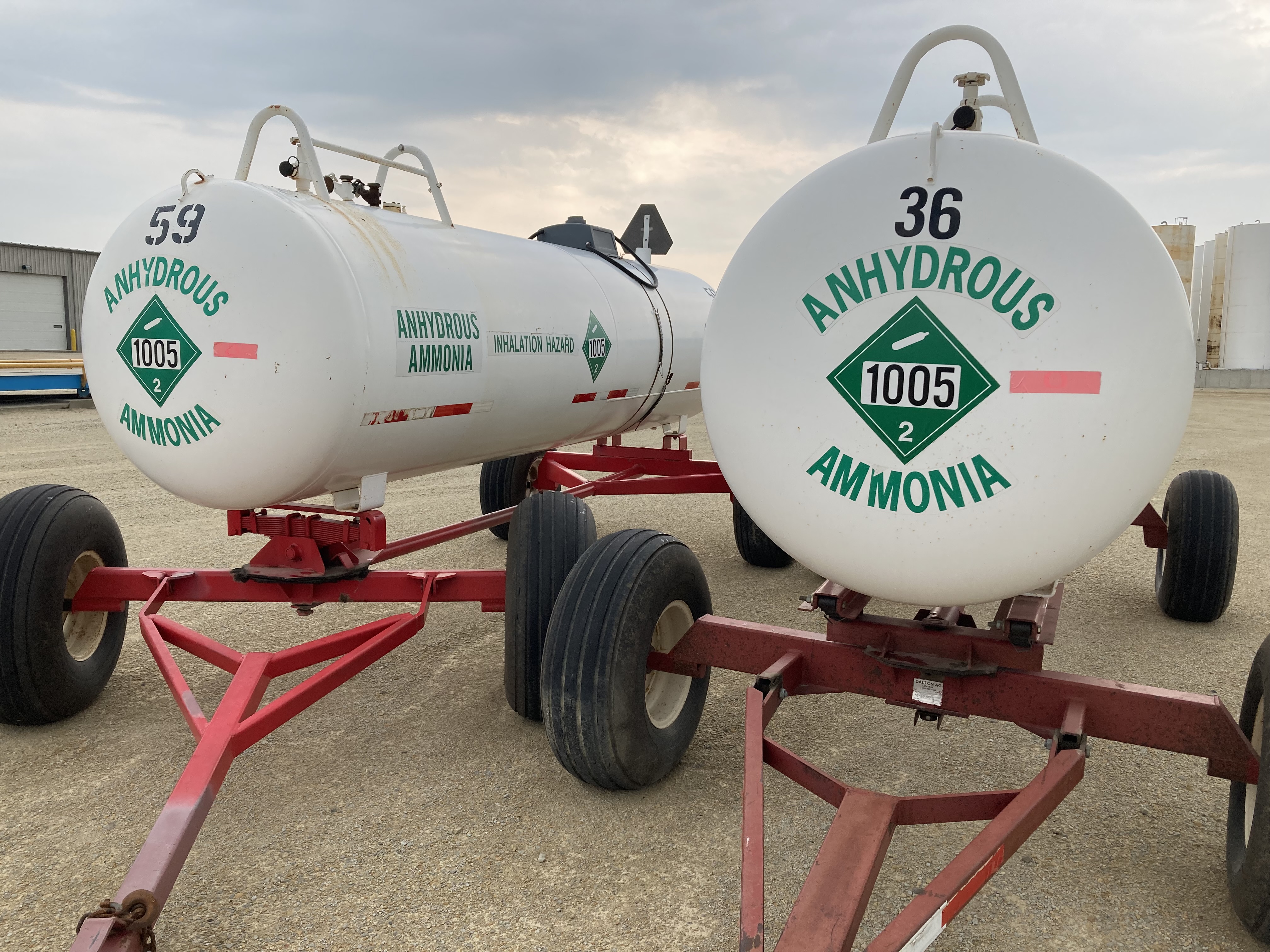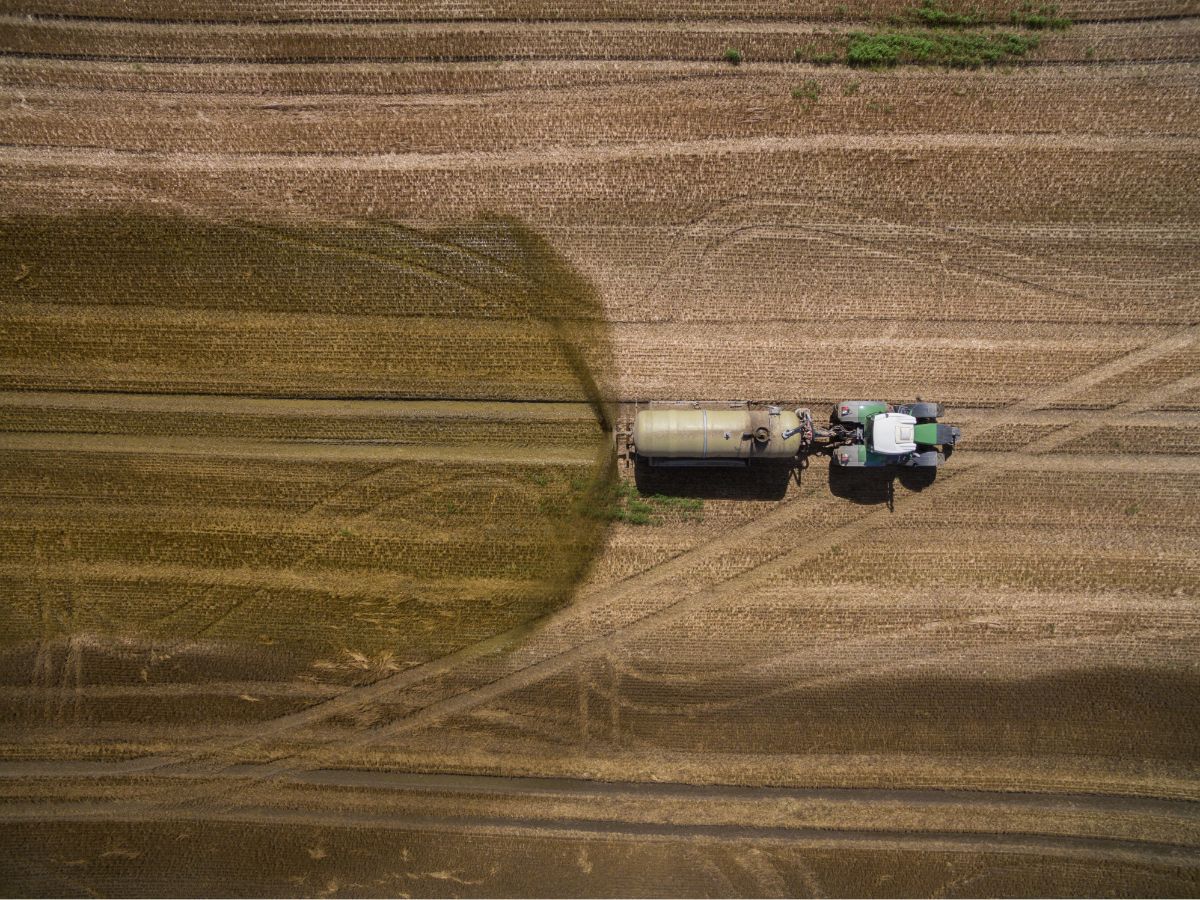Behavioral economists are studying “nudges” to prompt behavior change in agriculture. Accounting for production economics can help make nudges more effective for reducing agricultural run-off.

Photo Credit: Lynn Betts
Water pollution caused by agricultural nitrogen runoff is a pervasive problem worldwide. In a recently published paper (Food Policy), GEMS researchers (Yuan Chai and Philip Pardey) teamed up with University of Western Australia collaborator (David Pannell) to provide a new slant on this age-old problem. Combining insights from both production economics and behavioral science opens up new and practical avenues for nudging farmers towards eco-friendly practices that can mitigate water pollution.

Production Economics Insights
The authors highlight three key empirical findings that offer opportunities to reshape farming practices and reduce nitrogen pollution. First, many farmers tend to apply more nitrogen than necessary, driven by yield maximizing or other motives. This can lead farmers to use more fertilizer than is economically optimal, which not only incurs avoidable costs but also exacerbates the water pollution problem. Second, farmers may imagine that, contrary to the evidence, using more fertilizer is a risk-reducing strategy. Thirdly, the profit-to-fertilizer-rate relationship is flat near the optimum, suggesting that farmers can curtail their fertilizer usage without incurring significant, if any, private costs (through foregone income).
Nudges
Leveraging these three insights, the authors draw on emerging findings from behavioral economics to identify a number of potentially transformative approaches to curbing agricultural pollution. The authors make specific suggestions for ways in which behavioral science could contribute in these areas, including understanding farmers’ perceptions about nitrogen, yield and profit (detecting biases), understanding the influences of these biases on behavior, understanding farmers’ perceptions of and preferences for different policy responses, and designing behavioral nudges that capitalize on the specific insights we have highlighted regarding the production economics of nitrogen fertilizer. Nudges could include strategies that aim to correct biases in perceptions (e.g., about yield increases or risk reductions from applying N),or tap into social and psychological factors that influence farmers’ decision making.
Behavioral changes that are deemed nudgeable (i.e., where farmers bear little or no cost) have a lot of merit. The nudges revealed through this research could go a long way to cleaning up water bodies in ways that do not undermine food security or farmer livelihood concerns: a rare win-win result.
